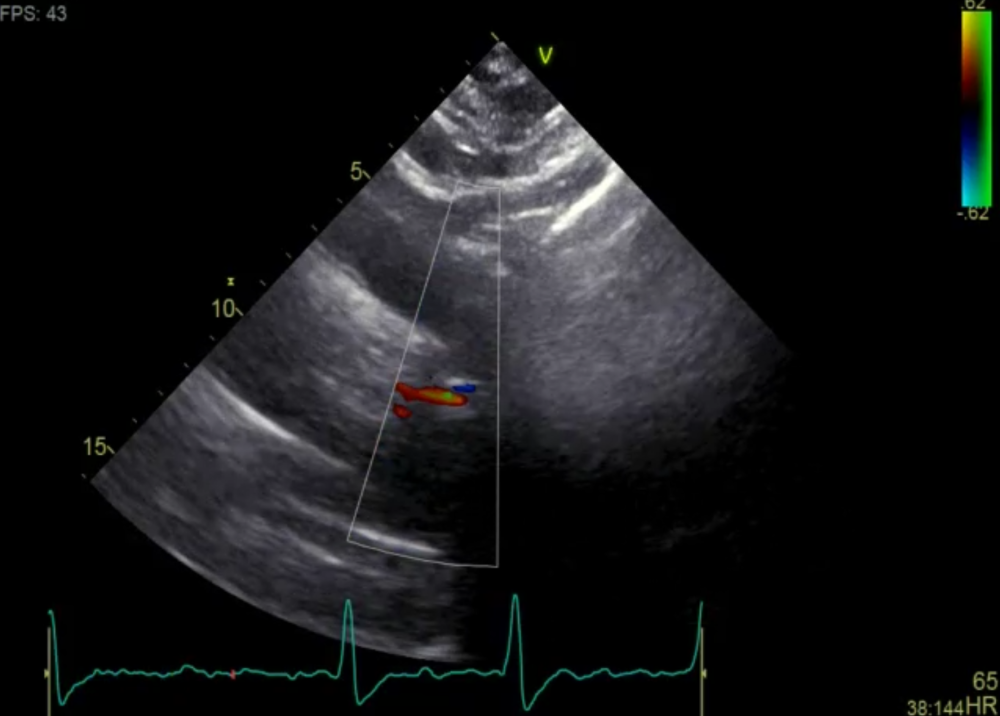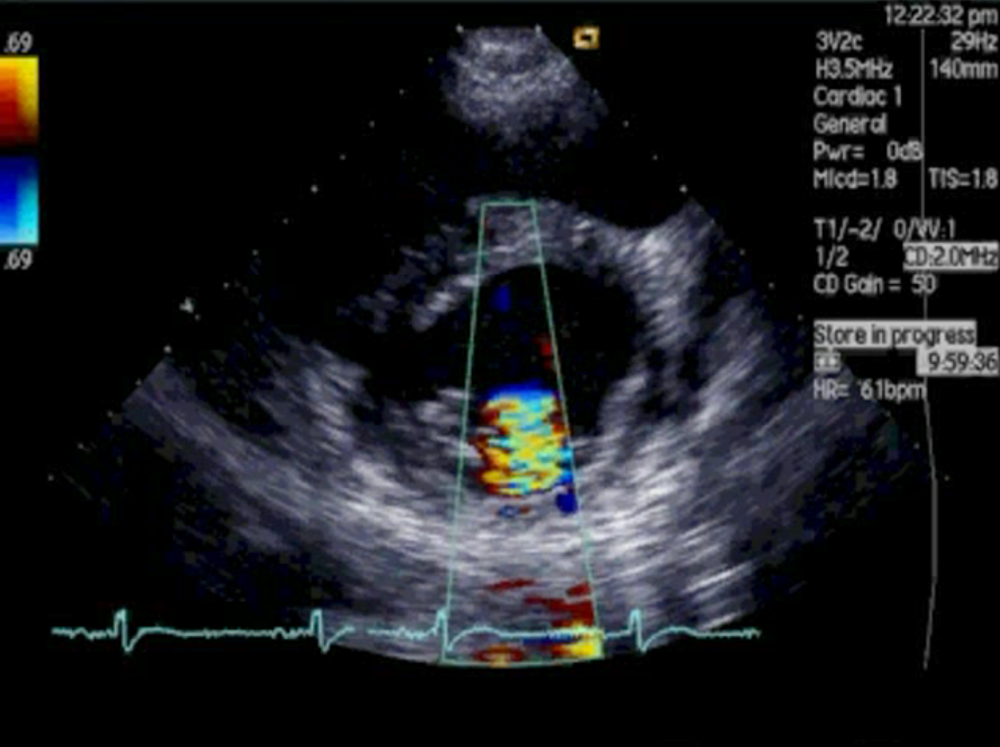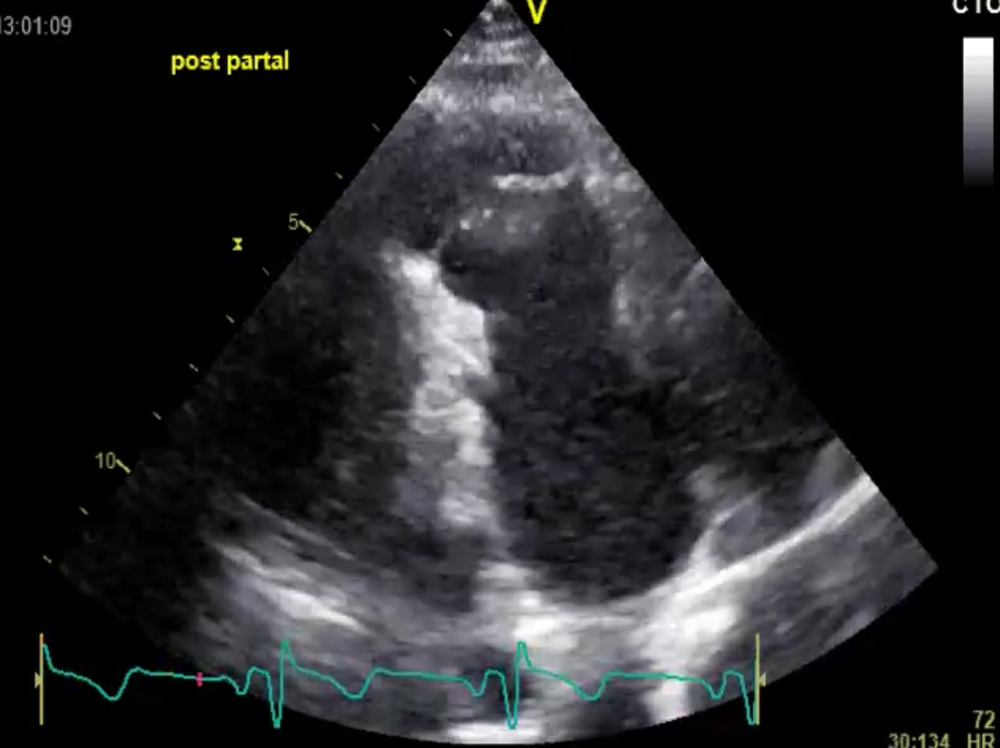How to image patients with congenital heart disease - Part 2
In my latest post, I provided tips on assessing some of the most common congenital abnormalities with echocardiography. Let us continue where we left off in part 1 of this ACHD series. Here are four more common congenital anomalies. Again, we will give you valuable imaging tips to help you assess these pathologies with echocardiography.
If you are hungry for more on Adult Congenital Heart Disease than sign up for our full Adult Congenital Heart Disease BachelorClass.
How to diagnose a patent ductus arteriosus (PDA) with echocardiography
Patients with a PDA are usually diagnosed and treated in infancy. So, you will rarely find a PDA in adult patients. If you see a PDA, it is generally small and hemodynamically insignificant. But there is one condition that you need to be aware of: PDA's, which are moderate in size: These patients tend not to develop pulmonary hypertension but instead left ventricular volume overload. So the presence of unexplained volume overload should trigger the search for a patent ductus arteriosus (PDA).
Imaging Tips
Image a PDA in a short-axis view at the base. Optimize your image to the pulmonary artery and ensure that the descending aorta is visible. Use color Doppler to display the PDA jet, which shows systolic and diastolic flow. Also, image a PDA from the suprasternal window. Visualize the right pulmonary artery and then angulate and rotate the transducer slightly to display the connection between the pulmonary trunk and the descending aorta. Again, color Doppler is helpful to locate the PDA. In this view, you will be able to measure the size of the PDA.
How to detect a subvalvular aortic stenosis
Patients with subvalvular aortic stenosis have a ridge or a membrane in the left ventricular outflow tract. It is easy to miss this defect because it can be confused with valvular aortic stenosis. However, I have seen this happen again and again. The subvalvular obstruction can be subtle and difficult to see. In addition, high gradients are present in valvular and subvalvular aortic stenosis. It is essential to avoid misdiagnosis since therapy for subvalvular and valvular aortic stenosis differs significantly.
Imaging tips
Look at the left ventricular outflow tract (LVOT) in a parasternal long-axis view. In this view, you can best study the morphology of the LVOT. But be aware that it is often difficult to see the membrane or ridge since it might be out of the imaging plane and can also be subtle. Tilt the transducer back and forth to scan through the entire LVOT. You will also need Color Doppler to rule out subvalvular stenosis. With color Doppler, you will see flow acceleration a few millimeters below the aortic valve. If the image quality is good, you might also detect the membrane/ridge in a five-chamber view. In this view, you can use PW-Doppler. Move the sample volume along the outflow tract towards the aortic valve to determine the location where flow acceleration begins. And finally, if you are unsure, send the patient to a transesophageal echo (TEE).
How to detect a cleft mitral valve with echocardiography
Cleft mitral valves are typically associated with partial or complete AV canal defects (i.e., ASD I, atrioventricular septal defect), but they can also occur as an isolated defect. A cleft leaflet is present if there is a split in the anterior (or much less common) in the posterior leaflet. In the setting of AV canal defects, this description is a simplification since embryo-morphologically, there is only one atrioventricular (AV) valve. Such "true" cleft leaflets are different from "pseudo" clefts, often seen in patients with mitral valve prolapse. Some authors call this variant "cleft-like indentations "or "tri-leaflet mitral valves" Patients with cleft mitral valves usually have severe mitral regurgitation.
Imaging tips
The most important view for assessing a cleft leaflet is the parasternal short-axis view at the mitral valve level. If the image plane is aligned to transect the anterior leaflet, one can see a separation in the anterior leaflet. To confirm your finding, use color Doppler echocardiography. The mitral regurgitation jet should pass right through the gap in the leaflet from anterior to posterior.
In a parasternal long-axis view, the jet will appear as if it goes right through the anterior leaflet.
How to detect valvular pulmonic stenosis with echocardiography
Valvular pulmonic stenosis is almost always a congenital and not an acquired defect. It usually occurs as an isolated defect (isolated pulmonary valve stenosis). The morphology of the pulmonary valve can vary greatly. You might see dysplastic thickened valves, bicuspid valves, doming, or cusp fusion. It is uncommon to see severe valvular pulmonic stenosis in the adult population since these defects are usually detected and corrected in infancy (i.e., Balloon valvuloplasty). But you might see moderate or mild forms, and you will encounter patients with replaced (but stenotic) valves.
Imaging tips
Several views allow you to image the pulmonic valve:
- Parasternal long axis
- Parasternal short axis
- Apical inflow – outflow view
- Image plane ventral to a five-chamber views
- Subcostal short-axis view
Still, it is often difficult to assess the morphology of the pulmonic valve since it is rarely possible to obtain short-axis views of the pulmonic valve. Assessment of valvular pulmonary stenosis should also include the right ventricular outflow tract since it is not uncommon that subvalvular obstruction is also present. Color Doppler confirms that the obstruction is at the level of the pulmonic valve. And don’t forget to measure the gradients across the valve (CW Doppler). Remember to use as many views as possible!
If you are hungry for more on Adult Congenital Heart Disease than sign up for our full Adult Congenital Heart Disease BachelorClass.
If you missed part I on how to image patients with congenital heart disease here is the link.
Thomas Binder and the 123sonography team




